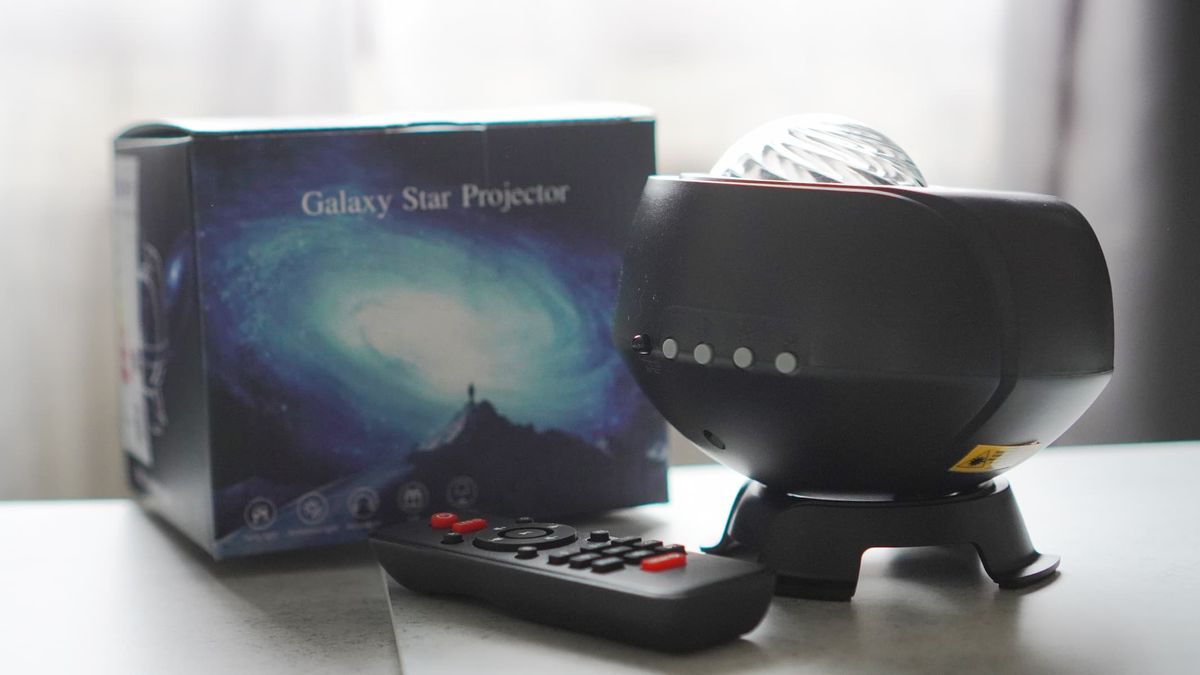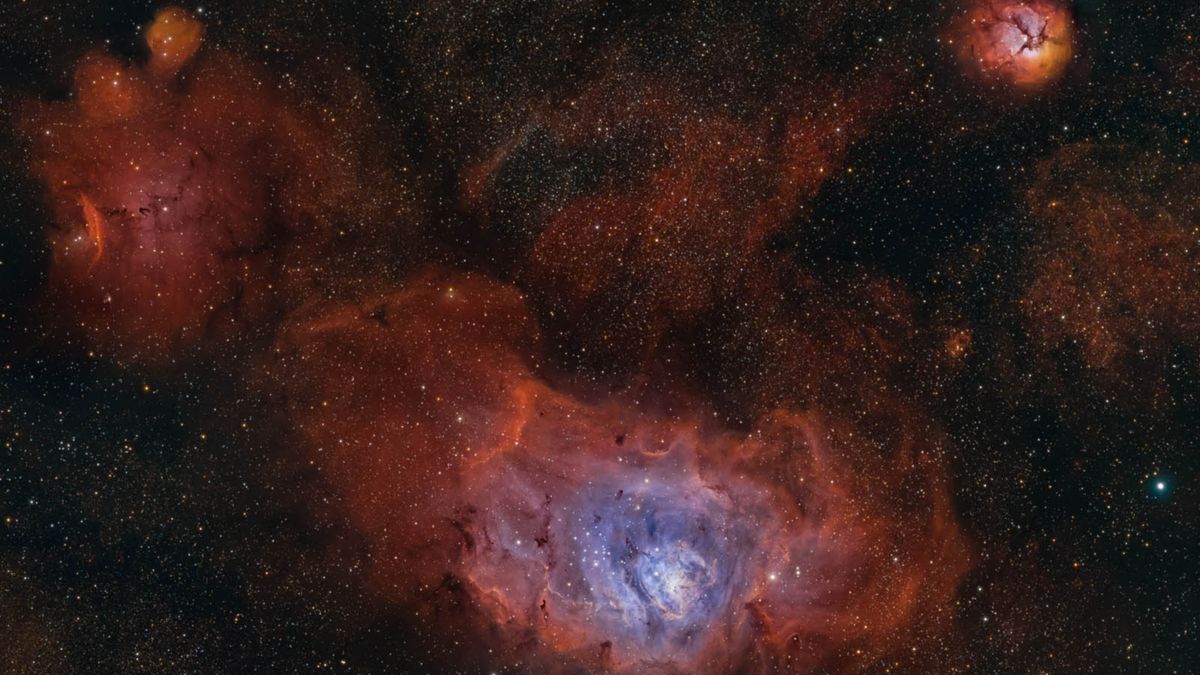ARTICLE AD BOX
 Aerial view of CAS Space's Kinetica-2 first-stage hot fire test, showing flames and thick smoke rising from a test stand nestled in forested hills. Credit: CAS Space
Aerial view of CAS Space's Kinetica-2 first-stage hot fire test, showing flames and thick smoke rising from a test stand nestled in forested hills. Credit: CAS Space
HELSINKI — China’s CAS Space has completed a hot fire test of the first stage of its Kinetica-2 kerosene rocket as it targets a first orbital launch in the second half of the year.
CAS Space conducted the Kinetica-2 (Lijian-2) first stage hot fire test June 11, marking a big step towards the launch of the Qingzhou-1 prototype cargo spacecraft later in the year, the company said in a June 12 statement.
“The test duration covered the flight mission profile. It fully verified the coordination and compatibility of the booster’s pressurization and feed systems with the engine system, as well as the correctness of interfaces among propulsion, structure, avionics, and launch support systems,” the statement read.
The test was conducted at the CAS Space Liquid Propulsion Test Center in Aotou Town in the Conghua District of the southern city of Guangzhou. The successful test also marks the completion and qualification of the test center.
It's official! We have completed the first-stage hot fire testing, very successfully, at the dedicated CAS Space engine testing center located in Conghua, Guangzhou.
The test center is currently the sole engine and propulsion system test center in southern China. The complex… pic.twitter.com/7Kknj2sDTi
Kinetica-2 follows on from the company’s established Kinetica-1 solid rocket. It is a 55-meter-long, 3.35m-diameter launcher using a kerosene-liquid oxygen propellant mix. Its core stage uses three YF‑102 engines developed by state-owned space giant CASC. It is designed to carry up to 12,000 kilograms to low Earth orbit or around 7,800 kg to a 500-kilometer-altitude sun-synchronous orbit.
The first launch will carry Qingzhou-1, being developed by the Innovation Academy for Microsatellites of the Chinese Academy of Sciences (IAMCAS). Previous announcements point to a planned launch in September, but CAS Space’s latest statement did not provide a timeframe.
It is one of two low-cost space station resupply spacecraft being developed under a program initiated by China’s human spaceflight agency, CMSEO, to support the Tiangong space station. CAS Space itself is a commercial spinoff from the Chinese Academy of Sciences (CAS).
CAS Space also aims to launch satellites for Chinese constellation programs with the Kinetica-2. “As the first flight of Lijian-2 enters the countdown phase, this rocket is expected to become the backbone of mass constellation deployments and cost-effective cargo deliveries to China’s space station,” the company stated. The company is also looking to attract customers outside of China.
The successful hot fire test comes just ahead of expected tests from competitors Space Pioneer and Landspace, which are gearing up to test out their respective Tianlong-3 kerolox and Zhuque-3 methane-liquid oxygen rockets.
Space Pioneer is preparing for a Tianlong-3 second stage test at Haiyang spaceport. The company suffered a near-disastrous first stage hotfire anomaly last June.
Landspace, meanwhile, has delivered Zhuque-3 hardware to Jiuquan spaceport, northwest China, for testing. Zhuque-3 will launch the second of the two low-cost cargo supply spacecraft—the Haolong cargo space shuttle from the Chengdu Aircraft Design Institute under the Aviation Industry Corporation (AVIC)—with the first Zhuque-3 orbital launch.
The three launchers are just a few of the Chinese commercial and state-owned rockets that could have test orbital flights during 2025, signaling an increasingly competitive year for China’s launch sector.
Andrew Jones covers China's space industry for SpaceNews. Andrew has previously lived in China and reported from major space conferences there. Based in Helsinki, Finland, he has written for National Geographic, New Scientist, Smithsonian Magazine, Sky... More by Andrew Jones

 20 hours ago
2
20 hours ago
2









 English (US) ·
English (US) ·